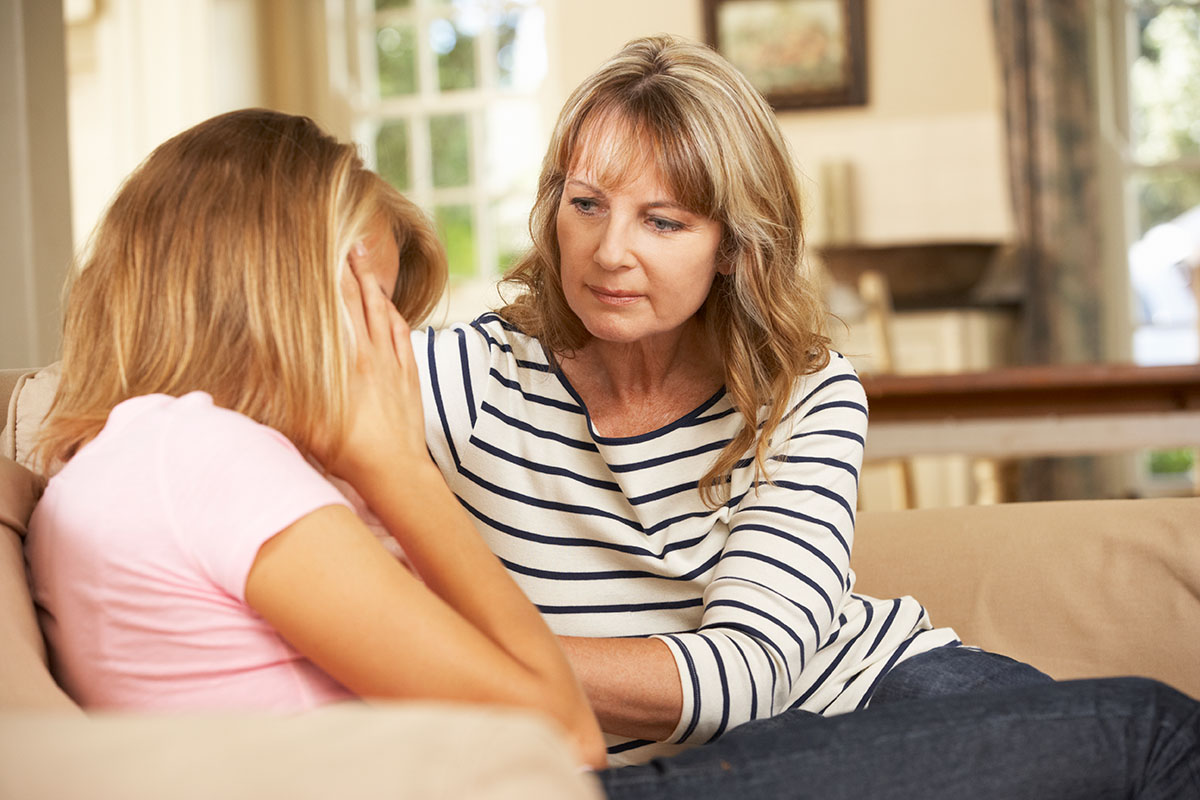
Over recent years there has been an increase in news stories and social media posts about self-harm.
There has also been an increase in known cases and worrying trends of young adults using types of self-harm as a way of coping with today’s anxieties … and, controversially, as being part of their tribe.
So, it’s important to know the facts and be educated!
There are many different types, but overall, it is an action or behaviour which is harmful to the individual. Probably the most common one known about under this heading is that of cutting oneself at skin surface level.
Examples are:
The act in itself can be painful or need control – this can detract the individual from their bigger pain or emotion – it allows them a temporary relief from what is really causing them challenges. However as stated above we have seen a worrying uptrend especially in young women where there is peer pressure to take part.
This relief is only temporary though and does not fix the overall situation. It becomes a habit as they seek to get relief ongoing.
It is important to note that self -harm does not often mean they are seeking to end their lives. We will posting more info on this topic in the near future.
Firstly, whilst you may feel shocked, horrified or scared it is important that you approach this calmly.
Avoid sentences such as ‘I can’t believe you would do this?’ or make demands ‘You need to stop this now’- above all – Don’t Judge.
Be open and honest in your approach- don’t simply remove items without discussion.
Things may not change quickly. These habits formed can be tough to break. See if the person is open to having specialist help – outside of private practise there are a number of free options available including through the school counselling services or pastoral care.
Do not break their confidence to others without being honest with them – trust is crucial to showing you have their back. But if it reaches a stage where they are really at harm, and you feel they cannot make that judgement call you need to tell them you are getting extra help.
Odd as it seems if someone is continuing to cut themselves or physically harm themselves look for ways to support them with encouraging them to clean items and keeping wounds sterile.
Helping someone put together a list of positive options which can detract from their thoughts and feelings is great way to support them.
These are just a few of them.
Also help them put together am ‘awareness document’ – this gets them to focus on how their thoughts and feelings escape to the point they take unhealthy action. It can help them see where they can intervene or ask for help.
Lots of people feel shame or guilt about self-harm and it can also be felt by parents and carers – ‘what did you do wrong that this happened? or ‘what will people think about this?
Removing the shame and guilt by allowing open honest conversation is totally key.
Letting them know that if they feel they might self-harm they can come to you and it’s OK – you will not judge and you will be there for them.